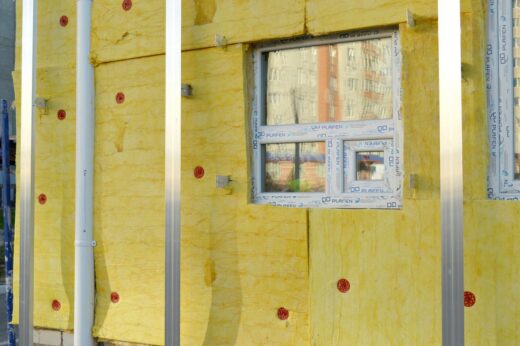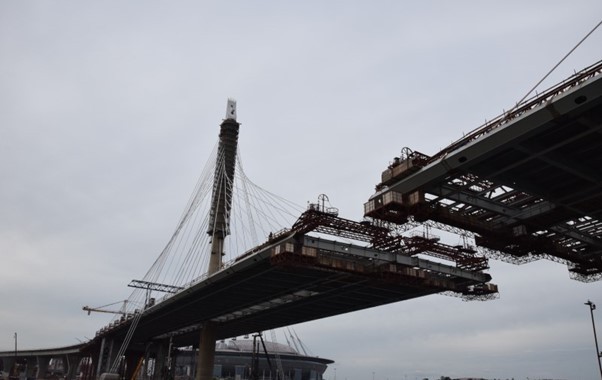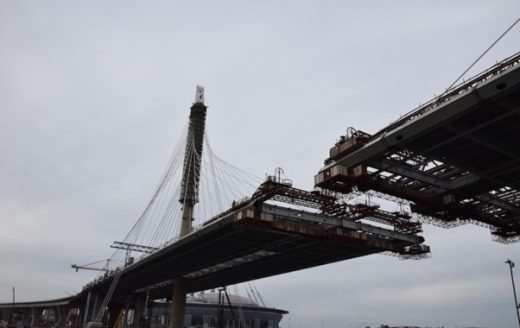What maintenance is needed for public infrastructure guide, Building materials, Australia shotcrete advice
What Maintenance is Required For Public Infrastructure?
24 December 2022
Many of the surfaces you travel on, whether it be road or rail, are often built on public infrastructure. Governments invest substantial amounts of money in roads, railroads, and connective tissue that bring our communities together.
However, when the project is done, and the politicians have opened the infrastructure, it can often be quite difficult to understand what work needs to be done. In reality, all infrastructure requires maintenance – paint chips and fades, road surfaces degrade – it’s all part of the infrastructure lifecycle.
Let’s discover how orderly scheduling, as well as materials such as shotcrete in Australia, form the backbone of public infrastructure maintenance schedules, and why it’s important that these community assets are kept in great condition in the years and decades to come.
What’s Public Infrastructure?
Public infrastructure comprises the components of our community that are government-owned, operated, and maintained. At a street level, this may include road surfaces and sewage pipes – things you use on a regular basis, but aren’t necessarily built by private developers.
Of course, this isn’t the only type of public infrastructure – in fact, even some hubs such as airports and waterways are considered public infrastructure. In fact, you may have heard of some public infrastructure assets – such as the Panama Canal.
The debate about whether governments should have a hand in owning infrastructure is often fiercely contested – with successive cycles of government developing, divesting, and subsequently reinvesting into infrastructure assets. Ultimately, what’s important is that these assets are maintained, to ensure they are at the best possible standard for their use cases.
Why is Maintaining Public Infrastructure so Important?
Infrastructure maintenance is important – as it can have considerable follow-on effects if not managed appropriately. There are many examples available of how poor infrastructure can have a drastic effect on the stakeholders that use it, such as research in Zambia on the effect of poorly maintained roads.
In the study, separate sets of trucks and trailers were given two similar working routes, with one crucial difference – one set of trucks used a modern, well-maintained road, whereas the other used a road that had little maintenance conducted on it in a very long time. The results themselves were very clear – vehicles using the poorly maintained road experienced a significant increase in required repairs – in fact, causing the business far more than it would have cost for the road to be appropriately maintained.
How to Plan for Public Maintenance Infrastructure
Public infrastructure maintenance can be a difficult thing to plan for. Naturally, when cities are always in operation, it can be difficult to find an appropriate time to take an asset offline for maintenance.
It’s always important that governments and maintenance teams look forward to projecting the most appropriate time to take an asset offline for repairs and maintenance. This can be seen through the actions of many state and federal Governments – often, maintenance is done during periods of time when asset usage is at a minimum, such as in the early weeks of January.
Other considerations that should be made include adapting processes to be as straightforward as possible, such as using prefabricated rail components, or shotcrete. Understanding what materials can benefit your infrastructure maintenance project can often yield significant benefits for your project, such as a reduced maintenance interval.
The Consequences of Neglected Public Infrastructure
Finally, it’s important to keep in mind the consequences of not looking after your infrastructure. Planning for infrastructure is just one component in the lifecycle of your road, rail or water system – what you do with the infrastructure after the opening is just as important.
One great example of this is the failure of successive governments to provide adequate infrastructure maintenance on the Orange Line, Boston’s largest public transport service, running from Malden, north of Boston, to downtown. In 2022, the Orange Line experienced a month-long shutdown, where maintenance teams sought to complete a half-decade worth of maintenance in only four weeks. This was a massive failure and an indication of just how poorly this major asset had been maintained over the years.
It’s fair to assume that a shutdown this significant would’ve largely been avoided if sufficient maintenance programs were in place – however because they weren’t, commuters suffered the consequences.
Maintenance remains a critical element of public infrastructure because it can help maintain your assets to a high standard, over a longer period of time. By adequately planning for maintenance, and using tools and equipment that can optimise maintenance, you can reduce the risk of your infrastructure becoming neglected and of a low standard.
Comments on this guide to What maintenance is needed for public infrastructure article are welcome.
External Home Insulation
Building Wall Insulation Posts
Things to check while selecting commercial insulation

Benefits of External Wall Insulation
Cold-proof your home for winter
Reduce home heating costs with spray foam insulation
Building
Residential Architecture Articles
Comments / photos for the What maintenance is needed for public infrastructure advice page welcome






